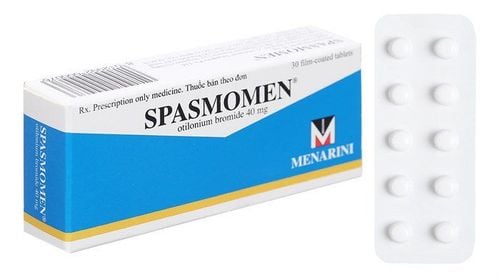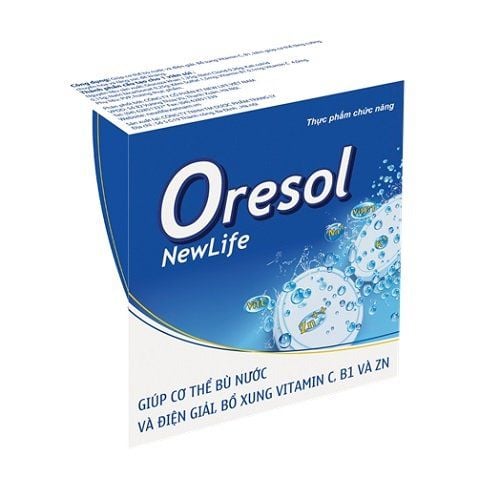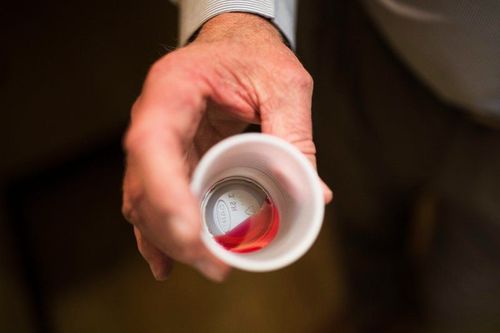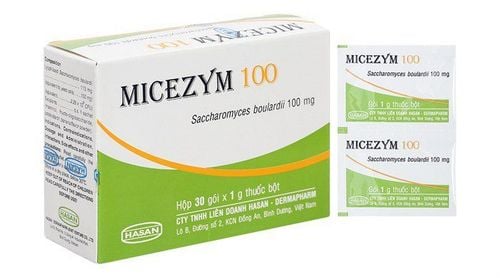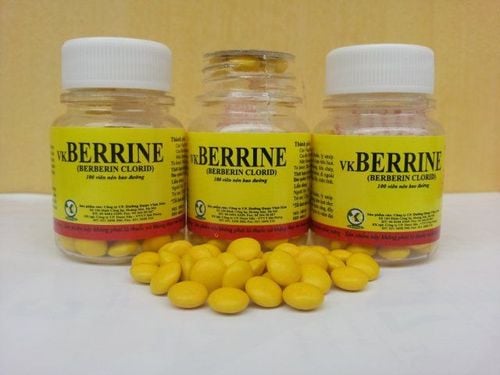This is an automatically translated article.
Article by Master, Doctor Nguyen Nam Phong - Pediatrician - Department of Pediatrics - Neonatology - Vinmec Phu Quoc International General Hospital
Rotavirus causing acute diarrhea in children is a ring virus. Rotavirus infection alters the function of the small intestinal epithelium, leading to diarrhea. The mechanism of diarrheal disease is multi-component in nature and is due to the direct effects of the infectious virus itself as well as indirect effects of the infection and the body's response.
1. Acute diarrhea caused by Rotavirus and pathogenic mechanism
Acute Rotavirus diarrhea is an intestinal infection caused by Rotavirus, one of the most common causes of severe diarrhea in infants and young children. Rotavirus causing diarrhea is a ring-shaped virus, there are 7 groups that are A, B, C, D, E, F and G, of which only groups A, B, C cause disease in humans. Group A is the most common, causing most outbreaks of severe diarrhea in children; Groups B and C often cause sporadic outbreaks, often in older children as well as adults.
As an acute diarrhea virus in young children, so rotavirus has the ability to live long in the aquatic environment, the ability to infect is very high. They attack quickly on the immature digestive system of children, causing severe diarrhea, dehydration and death if not treated promptly.
Studies on rotavirus infection of intestinal epithelial cells demonstrate that these viruses infect cells in different ways, depending on whether they require sialic acid for binding primary or not, and whether infection may alter epithelial cell functions. Once bound, the virus enters human cells through receptor-mediated endocytosis and forms a vesicle known as an endosome.
Proteins in the outer layer of the virus, called VP7 and VP4 spike, disrupting the membrane of the endoderm, creating a difference in calcium levels. This leads to the breakdown of VP7 trimers into single protein subunits and the formation of a bilayer.
Rotavirus infection alters the function of the small intestinal epithelium, leading to diarrhea. The mechanism of diarrheal disease is multi-component in nature and is due to the direct effects of the infectious virus itself as well as indirect effects of the infection and the body's response.
Therefore, diarrhea can be caused by a number of mechanisms, including malabsorption occurring secondary to destruction of enterocytes, villi ischemia, activation of the enteric nervous system as well as intestinal secretion. The gut is stimulated by the intracellular or extracellular activity of the NSP4 protein.
The rotavirus protein NSP4 has been described as the first viral enterotoxin that plays a role in causing diarrhea. This enterotoxin induces a diarrheal response, stimulates calcium-dependent cellular permeability, and alters epithelial cell integrity.
2. Clinical symptoms
Rotavirus causing gastroenteritis is characterized by the sudden onset of watery diarrhea, fever and vomiting. Symptoms usually appear after an incubation period of 2-3 days and last about 5-7 days. The severity that rotavirus causes can range from asymptomatic to severe dehydration diarrhea and death. Vomiting and watery stools are two common clinical features in acute rotavirus gastroenteritis that are rarely seen in other etiologies.
Usually children start the illness with vomiting and fever followed by watery diarrhea several times a day that can last up to 10 days. The stools are usually not bloody mucus.
Most children are hospitalized because rotavirus causes diarrhea with vomiting and fever. Fever is a fairly common manifestation of children infected with Rotavirus. Results from domestic and international studies show that almost all patients with acute diarrhea caused by Rotavirus have fever, of which nearly 50% of cases have a mild fever ≤ 38.5 degrees Celsius. Other common symptoms include vomiting (100%), anorexia (97.67%), irritability (90.7%). Acute diarrhea caused by Rotavirus is the second leading cause of dehydration after cholera, because the number of diarrhea times a day is usually 10-20 times, in some cases children may have more than 20 bowel movements/day.
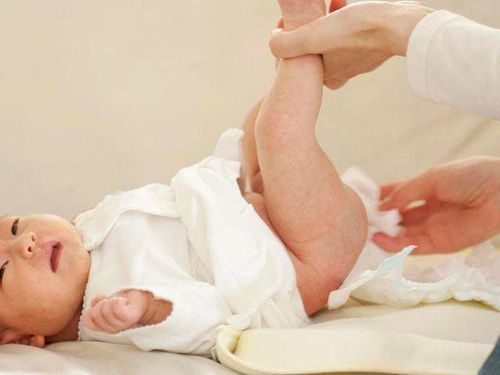
3. Treatment of rotavirus causing diarrhea
Currently, there is no specific treatment for acute diarrhea caused by Rotavirus. Antibiotics are not effective in treating acute diarrhea caused by rotavirus. Oral rehydration and proper nutrition remain the mainstay of treatment.
4. Prophylaxis against rotavirus causing diarrhea
To prevent rotavirus causing diarrhea, it is necessary to take the following measures:
Sanitize water sources, eat and prepare food properly. Wash hands after going to the toilet and before preparing food, feeding children, cleaning utensils, Maintaining hygiene when breastfeeding C for children to receive Rotari x Vaccine to prevent diseases effectively. Young children should be prevented as soon as possible Vinmec International General Hospital offers customers a Package Immunization Program for 0 - 1 year old children with all the necessary shots to protect their baby's health. first year of life, which includes the Rotavirus vaccine.
Vinmec uses high-quality vaccines with clear origin, ensuring safety from the stage of import, storage to use; Vinmec preserves vaccines by a cold chain meeting GSP standards with a modern cold storage system, allowing vaccines to always be preserved in the best conditions; Experienced team of pediatric doctors and nurses, able to advise and handle complex vaccination situations; Strict process: Before vaccination, all children are screened before vaccination with pediatricians - vaccines to help ensure the best health for children when vaccinated. The doctor will advise the family on the best preventive vaccines, suitable for each age group according to the latest recommendations of the Ministry of Health & World Health Organization as well as how to monitor the reaction after vaccination. -ask for; With the advantage of multi-specialty, Vinmec can effectively monitor and handle post-vaccination problems (if any); Modern facilities: Post-vaccination monitoring room is fully equipped with emergency facilities; The team of doctors - nurses are trained in anaphylaxis emergency treatment to ensure timely and correct treatment when an incident occurs. Vaccination room is airy, helping children feel comfortable and have a good mentality before and after vaccination.
Please dial HOTLINE for more information or register for an appointment HERE. Download MyVinmec app to make appointments faster and to manage your bookings easily.





